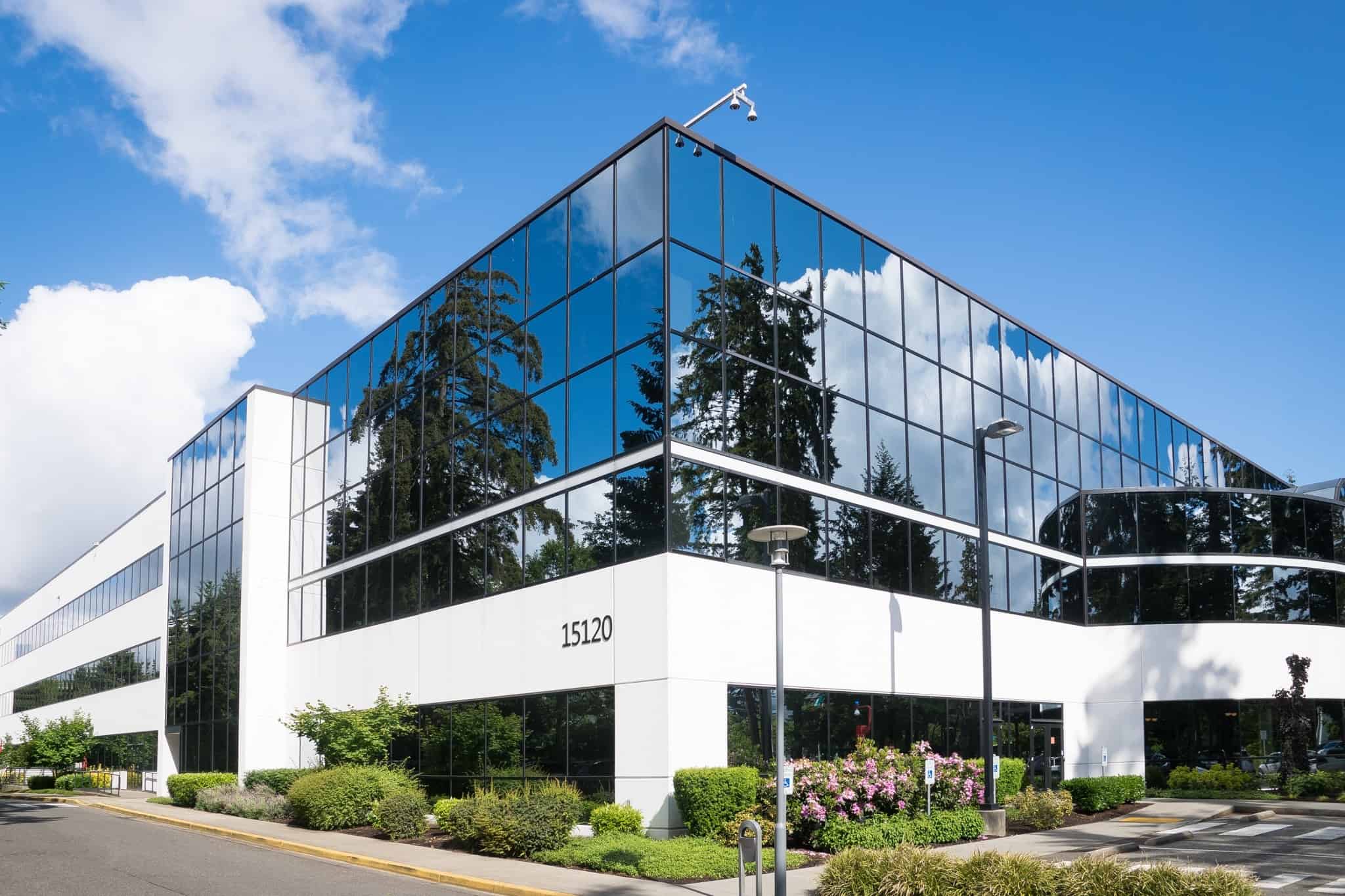Practices and Precautions for Commercial Landlords for Reopening After COVID-19
As many businesses are re-opening, employees have begun returning to work at their companies’ physical office sp
1. Executive Orders
- Review and confirm compliance with any applicable executive orders and regulations (including with respect to social-distancing rules and mask and glove requirements). Click here for a link to Foley’s 50-State Emergency Order Tracker.
2. Cleaning Precautions
- Clean shared and high traffic common areas, including lobbies, security desks, concierge desks, elevators, escalator railings, door handles, turnstiles, restrooms, water fountains and refilling stations, mailrooms, etc.
- Consider the timing and frequency of on-going cleaning of such high-traffic areas (many landlords are bringing in a dedicated cleaning crew to clean these high traffic areas continuously throughout the business day).
- Engage a third-party service to evaluate and ensure proper functioning and operation of HVAC systems to provide adequate indoor air quality.
3. Decreasing Contacts and Touchpoints
- Install technology allowing for touchless or automatic opening of front doors during business hours.
- Install touchless technology for restrooms and trash receptacles. Provide paper towels in restrooms currently equipped with only air dryers.
- Install hand sanitizers (with sensors or other touchless technology) at security desks, elevators, and other similar locations.
- Install plexiglass/sneeze guards at front/security/concierge desks.
- Design one-way traffic flow patterns within high traffic areas (including designating certain front doors as entry v. exit doors only).
- Remove seating areas (especially large seating areas) from lobbies to prevent congregating.
- Adopt a plan to manage congestion in elevator banks, lobbies, cafeterias, restrooms (including occupancy restrictions for shared restrooms on multi-tenant floors) and other shared amenities and commercial spaces.
- Designate taped areas at front/security/concierge desks to signal and ensure proper social distancing for visitors waiting in line.
- With respect to elevators:
- Provide time and capacity restrictions to avoid traffic jams, including maximum occupancy limitations and staggered tenant start times.
- Create designated/taped areas in elevator banks to signal and ensure proper social distancing while passengers await an elevator.
- For larger elevators, create taped “box areas” for persons to stand (i.e., two taped box areas in an elevator with one box on each side of the elevator, or four taped box areas in an elevator with one box in each corner).
- For smaller elevators, create a single passenger rule.
- Consider “up” versus “down” logistics for elevator banks.
- Determine whether use of stairwells will be an option and address social distancing precautions for use of the stairwells.
- Consider the application of the above suggestions with respect to any parking garages owned by the landlord (i.e. touchless gate entry).
4. Building Policies and Public Postings
- Post notices/materials regarding the following:
- In building lobbies and other common areas, visual descriptions of safe (perhaps one-way) traffic flow.
- In every restroom, materials regarding proper handwashing.
- In public areas and at elevator banks, materials describing proper hand hygiene, cough etiquette, and social distancing.
- At the lobby’s front/security desk and/or concierge desk, materials addressing self-screening and identifying possible symptoms.
- Review and revise building delivery policies and address how to best implement and communicate with tenants regarding same.
- Adopt policies regarding mask and glove requirements in public areas (if not already required by applicable executive orders). Require tenants to provide masks/gloves for their employees/guests (i.e. require tenants to bring masks/gloves to lobbies/common areas for any employees/guest who forget to bring their own).
- Adopt policies for landlord’s building employees who feel sick, have a fever, or have come into contact with someone recently diagnosed with COVID-19, and policies for handling reports from tenants about positive diagnoses relating to the tenants’ employees and guests. Implement policies and procedures requiring tenants to report any significant travel by tenant’s employees. Click here for an article discussing, among other topics, what to do if an employee is diagnosed with COVID-19 (as well as HIPAA considerations).
- Review existing emergency evacuation procedures and consider whether adjustments to comply with social distancing requirements are necessary/possible. Assign employees with the responsibility for managing an evacuation.
- Develop policies/procedures to handle shutting down the building, in part or in whole, in the event that re-opening fails or a virus reoccurrence forces new closures.
- Plan and budget for additional procurement of and expenses associated with protective gear for landlord’s employees, additional cleaning products, hand sanitizer, etc.
5. Communicating with Tenants
- Provide regular communications to tenants regarding precautions and measures taken to clean and sanitize the building and ensure a safe working environment.
- Designate a trained employee as the primary contact for tenants to handle reports and concerns relating to COVID-19.
- Collaborate with tenants as to the implementation of any necessary adjustments to building policies (i.e. delivery or guest check in policies).
- Request tenant input as to the measures being taken by landlord (in addition to receiving valuable ideas, this may make it harder for tenants to later object that any such measures were in violation of their leases).
- Provide links to resources on possible tenant policies for management of their demised space.
6. Visitor Requirements
- Implement additional security measures for visitors, such as requiring mandatory check ins, keeping a log of visitors, and confirming that the visitors have not been in contact with someone with a confirmed case of COVID-19, are showing any symptoms or recently traveled to high-risk countries.
- Implement a screening program to screen visitors for fevers at front/security desks with a touch-free thermometer. Click here for more information about implementing such a screening program.
Resource: natlawreview.com















 Accessibility
Accessibility